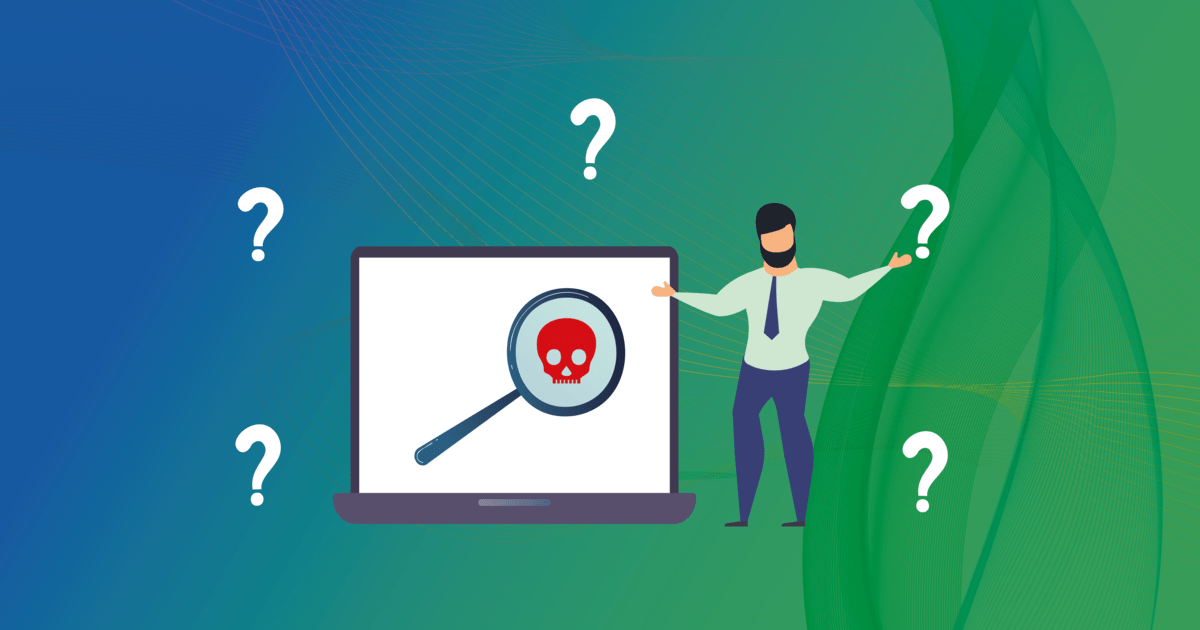The CISO and the sysadmin at the_Teckies were desperately looking for a network vulnerability scanner. Talks of a dangerous misconfiguration in JIRA were in the news, and it seemed to have escaped from their existing scanner. It is essential to have a vulnerability management software.
The research was pondered. The shortlist was complete, and the options looked good, but they needed differentiators since they could only choose one. But choosing a network vulnerability scanner is never easy. To help with this, a proper vulnerability scanner is required.
Wondering out loud, the CISO spoke.
“What are the 5 questions I should ask before I choose this network vulnerability scanner? ”
5 Questions to Ask While Choosing a Network Vulnerability Scanner
Generally, while choosing a vulnerability scanner, we usually look at its cost, performance, and user-friendly-ness. But here are 5 differentiators that can help you choose a network vulnerability scanner.
- Is the network vulnerability scanner powered by a constantly updating vulnerability database?
A scanner’s effectiveness determined by the vulnerability repository powering it. If the database isn’t constantly updated or even if it took too long to update, the scanner wouldn’t detect newer vulnerabilities, making combating cyberattacks difficult.
Additionally, if the database isn’t comprehensive enough, it might not detect vulnerabilities in the network that are not inside the database. It creates a false sense of security which can be devastating.
- How long does it take to perform a vulnerability scan?
Vulnerability management is a lengthy process, but its duration largely depends on the time a vulnerability scanner takes to scan the network.
Further, responding quickly is key while combating cyberattacks. If the network vulnerability scanner took hours or days, the damage occurs. Quick scans like SanerNow’s 5 minutes scans, ideally without a lot of resource consumption, can be a complete game-changer.
- Can you automate the vulnerability scans?
Manually performing vulnerability scans is cumbersome and time-consuming. But if a vulnerability scanner is quick and can automate, an organization’s security becomes stronger multiple-folds. Fast, repeatable, and automated vulnerability scans, like SanerNow, are critical in ensuring vulnerabilities don’t go under the radar.
Automation also allows the workforce to focus on tasks that need manual effort, further improving a team’s efficiency.
- Can it accurately detect vulnerabilities without false positives?
A scanner should be comprehensive, but more importantly, it should also be very accurate. If the results contain false positives, it is a waste of time to fix time and resources.
Reliable results can go a long way in making the vulnerability management process quick and efficient.
- Does the scanning tool include integrated remediation?
The purpose of detecting vulnerabilities is to fix them, and if the network vulnerability scanning tool includes integrated remediation, the job of remediating vulnerabilities becomes significantly easier.
Further, the process of feeding the results of the scanner to another tool for remediation is error-prone. But it is completely avoidable if the scanner has an in-built remediation tool.
Conclusion
The CISO’s list was now shorter. The best network vulnerability scanners were at the top and ticked all the boxes. Other obvious factors like the cost of implementation, hardware, maintenance, and ease of use would help make the final decision.
With uncompromisable requirements and your organization’s security risk at stake, the vulnerability scanner you chose can have a meteoric impact in the future.
The right network vulnerability scanner, like SanerNow, can make the entire ordeal of vulnerability management simpler, secure and more efficient.

